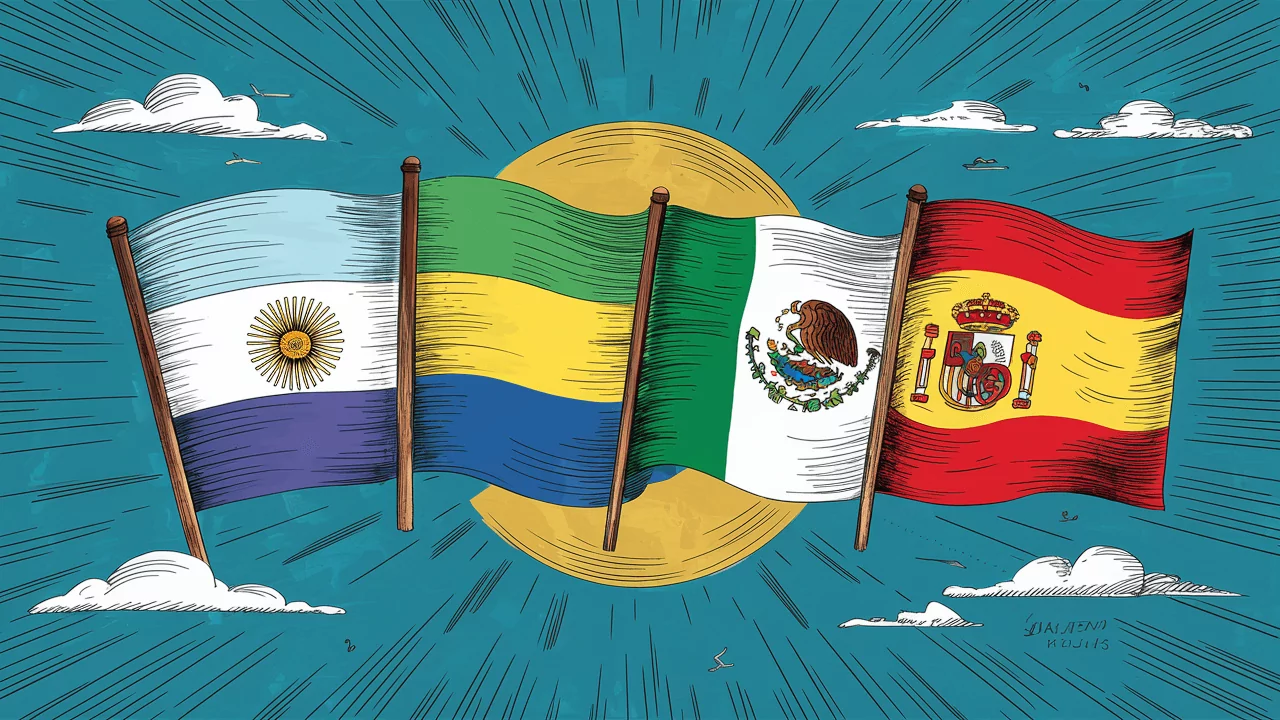Spanish, one of the most spoken languages worldwide, is the official or national language in several countries across various continents. In this article, we will dive into the Spanish speaking countries flags of each continent , each embodying unique histories and symbolism.
- Spanish Speaking Countries Flags of: Europe
- Spanish Speaking Country Flags of: North America
- Spanish Speaking Countries Flags: South America
- Conclusion
Spanish Speaking Countries Flags of: Europe
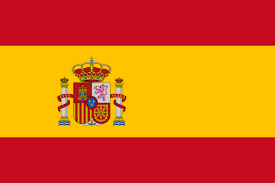
Spain (España)
The flag of Spain, known as “La Rojigualda,” consists of three horizontal stripes: two red and a double-sized yellow in between, featuring the national coat of arms. The coat of arms includes the Pillars of Hercules, which symbolize Gibraltar and Ceuta on either side of the Strait of Gibraltar. This emblem, particularly the crown, signifies Spain’s constitutional monarchy.
Spanish Speaking Country Flags of: North America

Mexico (México)
The Mexican flag has vertical stripes of green, white, and red, with the national emblem centered in the white stripe. The emblem’s eagle and serpent depict an Aztec legend, representing tenacity and resilience. This flag dates back to the Mexican Empire of 1821, symbolizing independence and national pride.
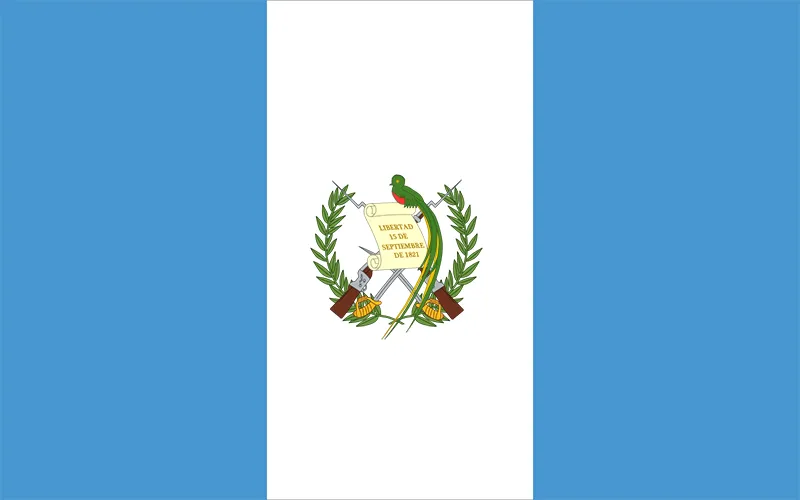
Guatemala (Guatemala)
Guatemala’s flag features two sky blue stripes, symbolizing the Atlantic and Pacific Oceans, and a white stripe for peace, with the national coat of arms centered. The Quetzal bird in the coat of arms stands for liberty, and the scroll proclaims the date of Central America’s independence from Spain. The crossed rifles indicate Guatemala’s readiness to defend itself.

Honduras (Honduras)
Honduras’ flag has two outer blue stripes and a central white stripe, with five blue stars arranged in an X pattern. The stars represent the original five members of the Federal Republic of Central America, reflecting unity and the shared history in the region. The blue stripes evoke the seas bordering the country, symbolizing the expansive sky and brotherhood.

El Salvador (El Salvador)
El Salvador’s flag comprises two large blue stripes and a white middle stripe. The blue represents the ocean and sky, with the white symbolizing peace. The central coat of arms, featuring a triangle, represents equality and the five member states of the former Federal Republic of Central America. The flag emphasizes the country’s aspirations for peace and solidarity.
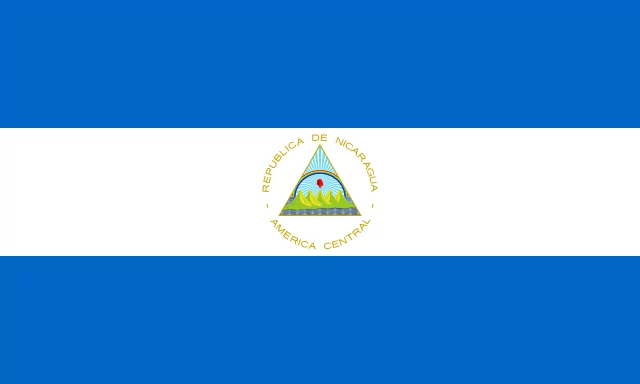
Nicaragua (Nicaragua)
Nicaragua’s flag, similar to that of El Salvador, features a white stripe flanked by two blue ones. The triangle in the coat of arms symbolizes equality, the rainbow above it signifies liberty, and the Phrygian cap epitomizes freedom. This design reflects Nicaragua’s values of peace and the egalitarian nature of its people.

Costa Rica (Costa Rica)
The vibrant Costa Rican flag includes blue, white, and red horizontal stripes, with the red stripe wider to symbolize the blood shed for freedom. The coat of arms, depicting mountains, the ocean, and a merchant ship, underscores the country’s rich natural resources and commitment to commerce. The flag’s design reflects democratic ideals and the valor of its people.

Panama (Panamá)
Panama’s flag is divided into four quarters with blue and red rectangles symbolizing the traditional political parties, and white representing peace. The blue star stands for purity and honesty, while the red star symbolizes authority and law. Adopted shortly after independence from Colombia, the flag reflects Panama’s sovereignty and harmony.
Spanish Speaking Countries Flags: South America
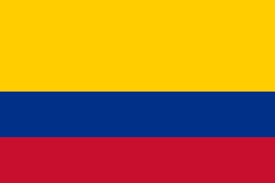
Colombia (Colombia)
Colombia’s flag features horizontal stripes of yellow, blue, and red. The yellow symbolizes the country’s wealth of gold, while blue represents sovereignty over its seas, and red commemorates the bloodshed for independence. This flag is laden with history, tracing back to the early 19th century during the fight against Spanish rule.
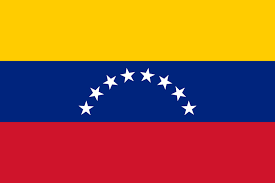
Venezuela (Venezuela)
Venezuela’s tricolor of yellow, blue, and red horizontal bands includes eight white stars in an arc on the blue band, representing the provinces involved in the independence. The addition of the eighth star was mandated by Simon Bolivar, who wanted the Guyana Province included. The colors are meant to represent riches, the sea and the bloodshed during the independence struggle.

Ecuador (Ecuador)
Ecuador’s flag shares the yellow, blue, and red bands with Colombia and Venezuela, signifying the countries’ shared origins in Gran Colombia. The coat of arms, which includes Mount Chimborazo and the river Guayas, emphasizes Ecuador’s geography and the boldness of its people. The condor atop the coat of arms symbolizes power and greatness.
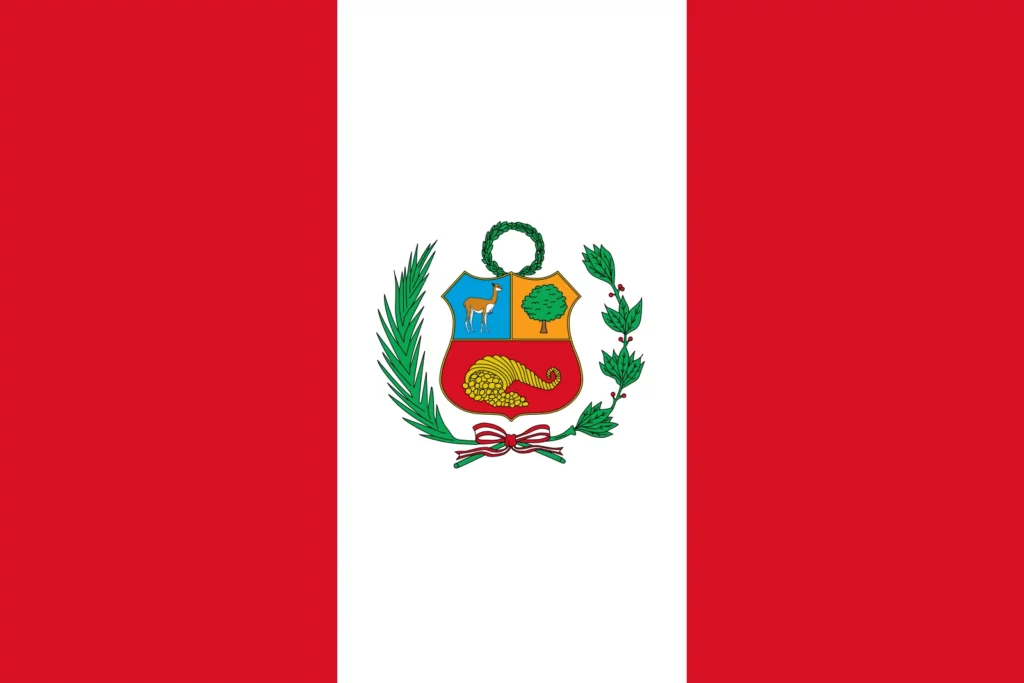
Peru (Perú)
The Peruvian flag consists of red and white vertical stripes and a central coat of arms. The vicuña represents the fauna of Peru, the cinchona tree signifies the flora, and the cornucopia spilling coins denotes mineral wealth. This flag celebrates Peru’s natural riches and cultural heritage, deeply rooted in the Incan civilization.
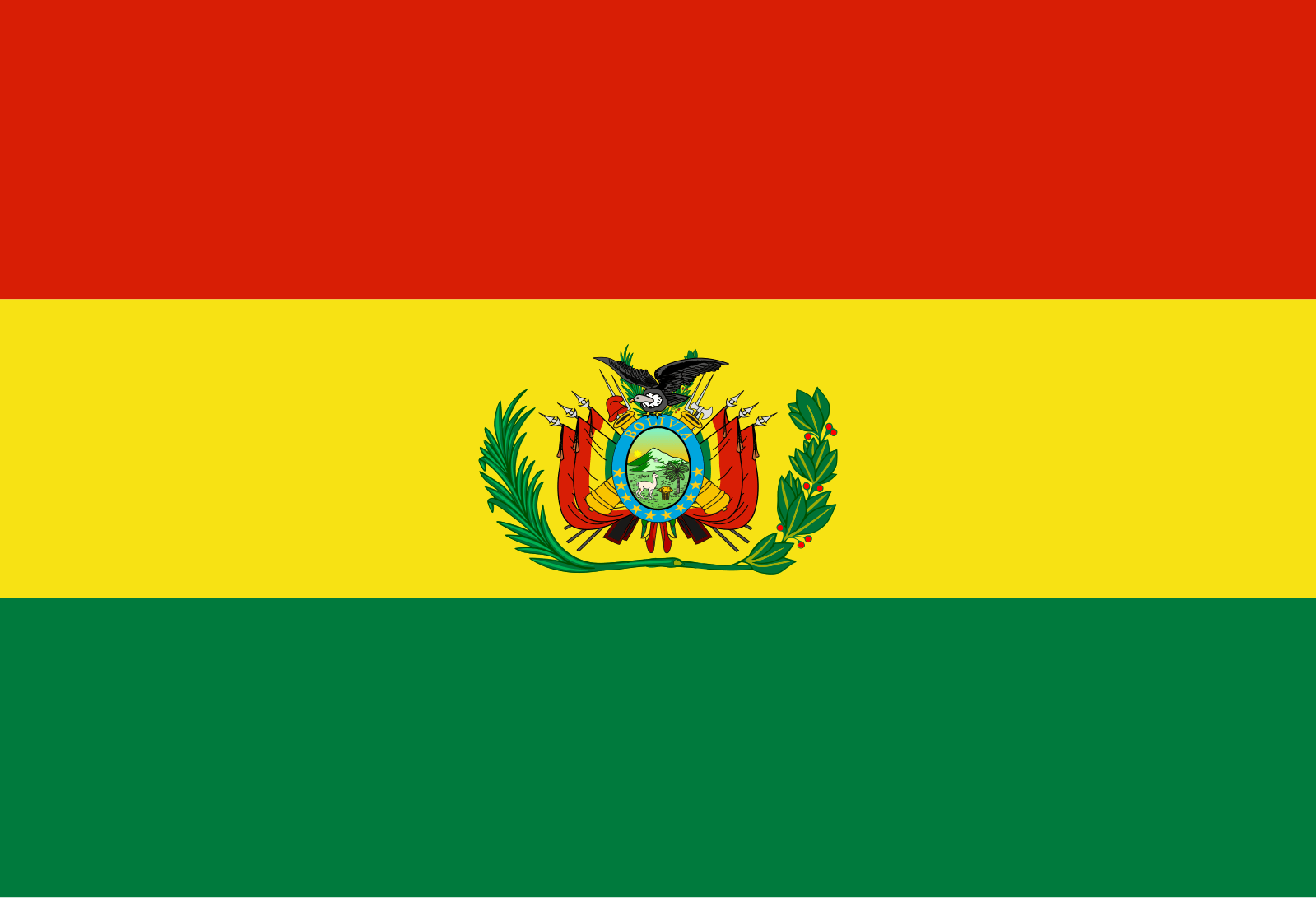
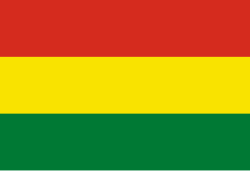
Bolivia (Bolivia)
Bolivia’s flag displays three horizontal stripes of red, yellow, and green, with a coat of arms that includes Mount Potosi and an alpaca, reflecting the nation’s mineral wealth and biodiversity. The condor atop the arms symbolizes strength and endurance, embodying Bolivia’s struggle through history for its present sovereignty. The flag adorn with the coat of arms is often reserved for Governmental and Official use, and during formal and ceremonial events. Whereas, the general public, and non-official events will use the more casual version that lacks the coat of arms.
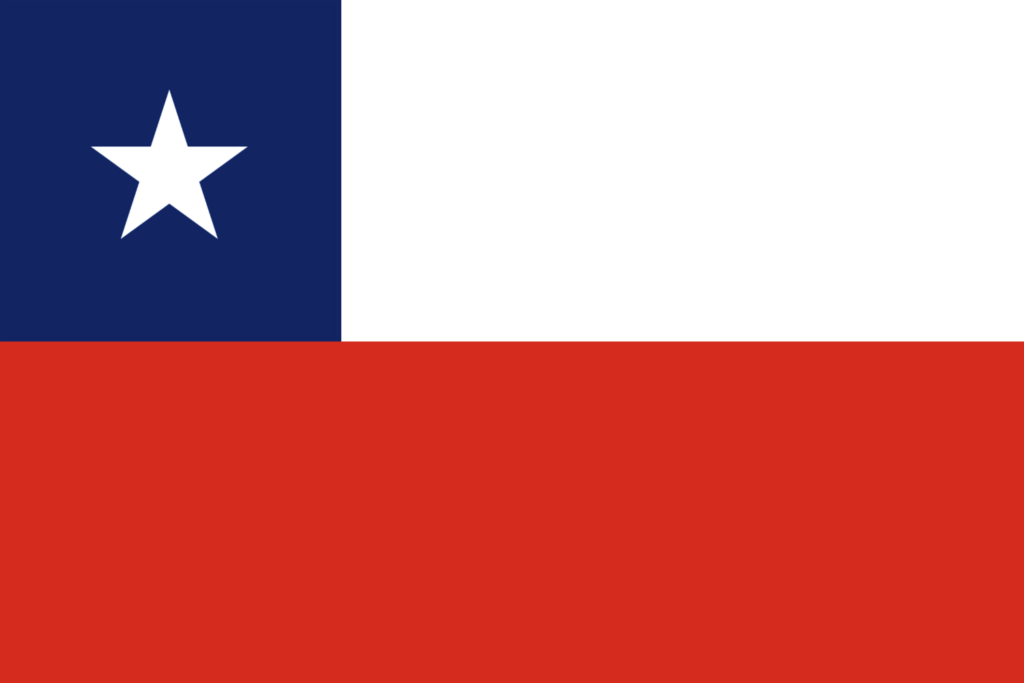
Chile (Chile)
Chile’s flag, known as La Estrella Solitaria, consists of two horizontal bands of white and red, with a blue square and a white star. The star symbolizes guidance towards progress and honor, while the white and red colors represent the snow of the Andes and the blood of heroes. This flag epitomizes the spirit of freedom and the valor of the Chilean people.

Argentina (Argentina)
Argentina’s flag features light blue and white horizontal stripes with the Sun of May in the center. The sun symbol, derived from the Inca god Inti, represents the nation’s independence and its people’s drive for freedom. The sky-blue stripes evoke the vast Argentine skies, symbolizing the country’s ideals of liberty and sovereignty.
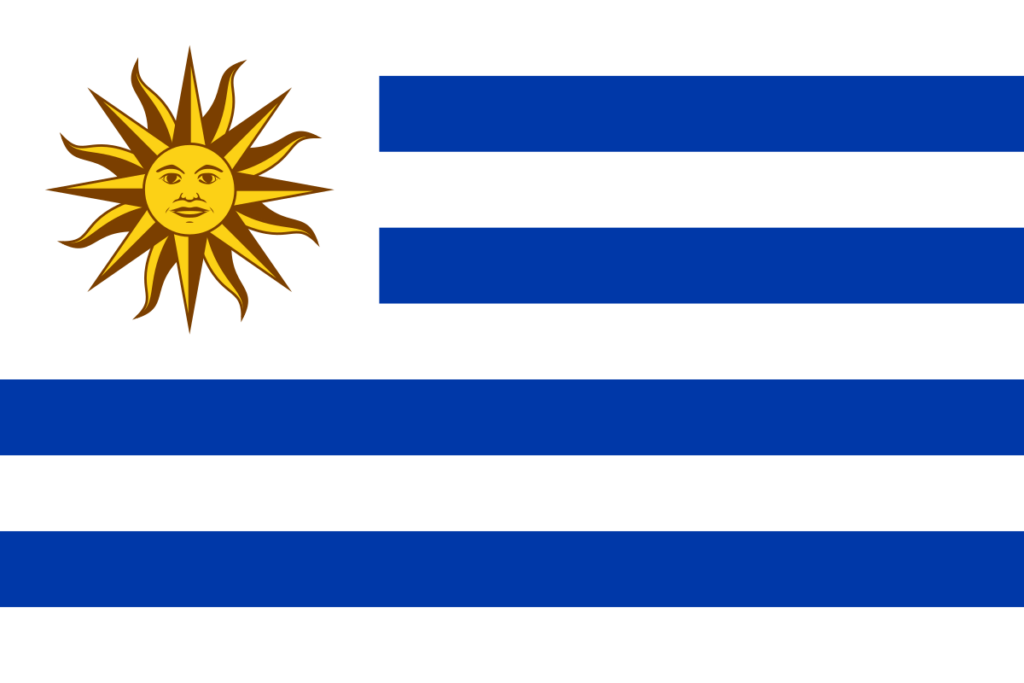
Uruguay (Uruguay)
Uruguay’s flag includes nine blue and white stripes, with the ‘Sun of May’ in the canton. The number of stripes symbolizes the original departments of Uruguay, emphasizing the administrative and political unity of the country. The sun represents independence and the enduring nature of the Uruguayan people. This flag is a banner of pride and national unity, reflecting the country’s democratic values.
Conclusion
The Spanish speaking countries flags carry deep cultural significance, embodying each nation’s history, struggles, and aspirations. From the Old World of Spain to the diverse nations of the Americas, these flags symbolize not only national identity but also a shared linguistic heritage. Through their vibrant colors and symbols, they narrate stories of independence, culture, and unity.
Interested in learning more about culture in the Spanish speaking world?
Or interested in learning Spanish with the Best App to Learn Spanish?
Flag images belong to the source of Wikipedia.

